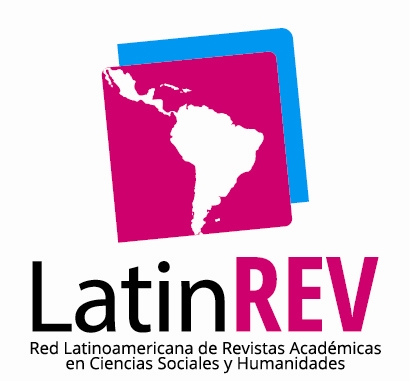External Shocks and Economic Growth: Evidence for Pacific Alliance Countries (2000-2019)
DOI:
https://doi.org/10.31381/gbaj.v9i1.6742Keywords:
Economic integration, Pacific Alliance, External Shocks, Economic growth, VAR modelAbstract
Understanding the effects of external shocks on Gross Domestic Product (GDP) in the member countries of the Pacific Alliance (PA) is essential to continue the process of regional economic integration. The research develops a Vector AutoRegressive (VAR) model that allows analyzing the interrelationship between multiple time series of variables based on quarterly data. The results show that a shock from the Dow Jones stock index substantially explains changes in GDP, revealing the influence of the US economy. Likewise, variables such as country risk, food prices, metals, and fuels also reveal a significant effect. Additionally, we examine differences in the results obtained based on the characteristics of each country.
Downloads
Downloads
Published
How to Cite
Issue
Section
License
Copyright (c) 2025 Global Business Administration Journal

This work is licensed under a Creative Commons Attribution-NonCommercial 4.0 International License.








